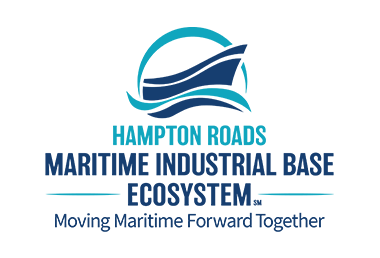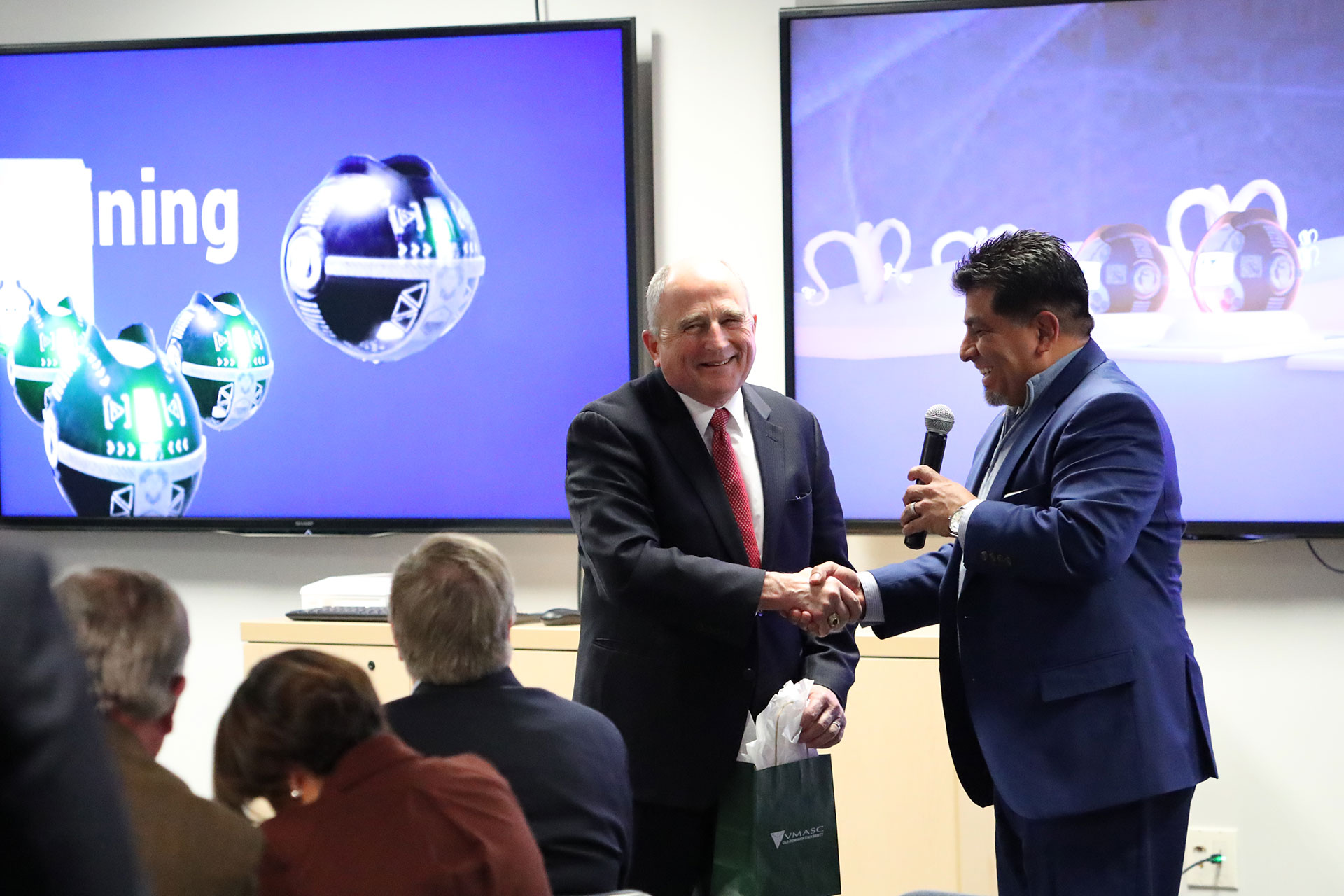
WORKING COMMITTEES
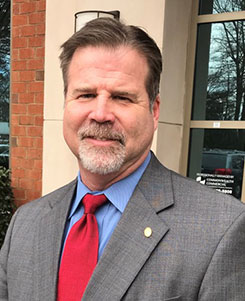
End State: A regional maritime workforce fully competent in next-generation skills that incorporate digital technologies including robotics, additive manufacturing, augmented reality, digitization and AI.
- An action plan to support upgrading maritime trades training curricula to “Industry 4.0” digital standards.
- A regional workforce communications framework that expands the current Workforce Council baseline to align a diversity of public and private sector stakeholders, across a diversity of emerging industries.
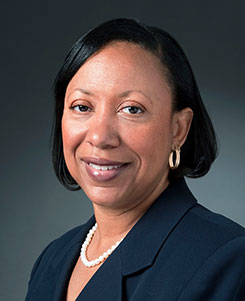
End State: A regional ecosystem with suppliers using business models that accommodate complex technological demands, overcome stove-piped certification requirements, and benefit from agile contracting models.
- Relative certainty of Navy sustainment contracts for up to five years, positioning suppliers to pursue effective recruitment, and affordably plan for investments.
- Navy sustainment projections enable labor and time demands to be shared with more detail and accuracy, providing clear workforce demand signals.
- Suppliers are assisted re costs associated with Navy qualification specifications, supplier training for cyber compliance, trade procedure requirements, and understanding government regulations and bid procedures.
- Standard metrics in a supplier assessment model define a “healthy maritime supplier,” with available assistance in developing corrective action plans.
- Provide access to technologies able to change business paradigms and rewrite business rules – for example, predictive analytics, new architectures for workforce training and business process engineering.
Facilities Assessment Project Advisor
End State: Recognition as America’s most capable concentration of large/small, nuclear/conventional, build/repair yards and service firms, ready to meet the needs of a growing, aging fleet and support increased maintenance/modernization.
- Meet/beat all cost and schedule metrics.
- Lead the nation in innovative practices, and advanced manufacturing applications.
- Make wise capital investments over the next 10 years that will ensure facilities can handle the expected surge in maintenance and modernization due to the increasing size/age of the fleet.
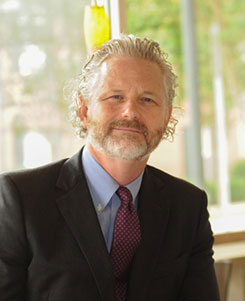
End State: A regional ecosystem that embraces innovation and technology to spur technology creation, promote and support technology adoption and consumption, and drive efficiencies, preparedness, and sustainability (resiliency).
- Create: Collaborate across MIBE committees as these assess specific needs ranging from innovative R&D technology solutions to consumable/application-oriented technologies.
- Adopt: Support mining of Industry 4.0 solution inventories (e.g., cyber, data analytics, additive and advanced manufacturing, artificial intelligence) to address Navy and other institutional contract requirements.
- Enable: Provide access to technologies with potential to change business paradigms and rewrite business rules – for example, predictive analytics, new architectures for workforce training and business process engineering.
